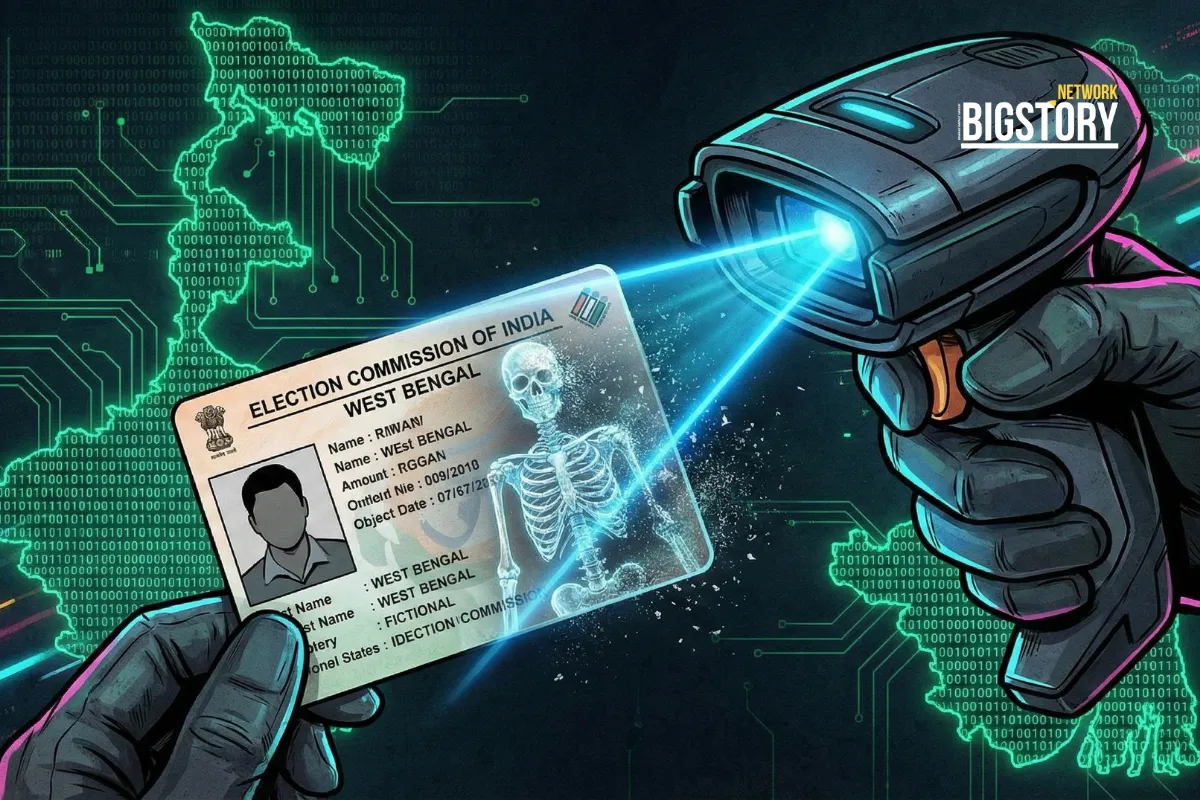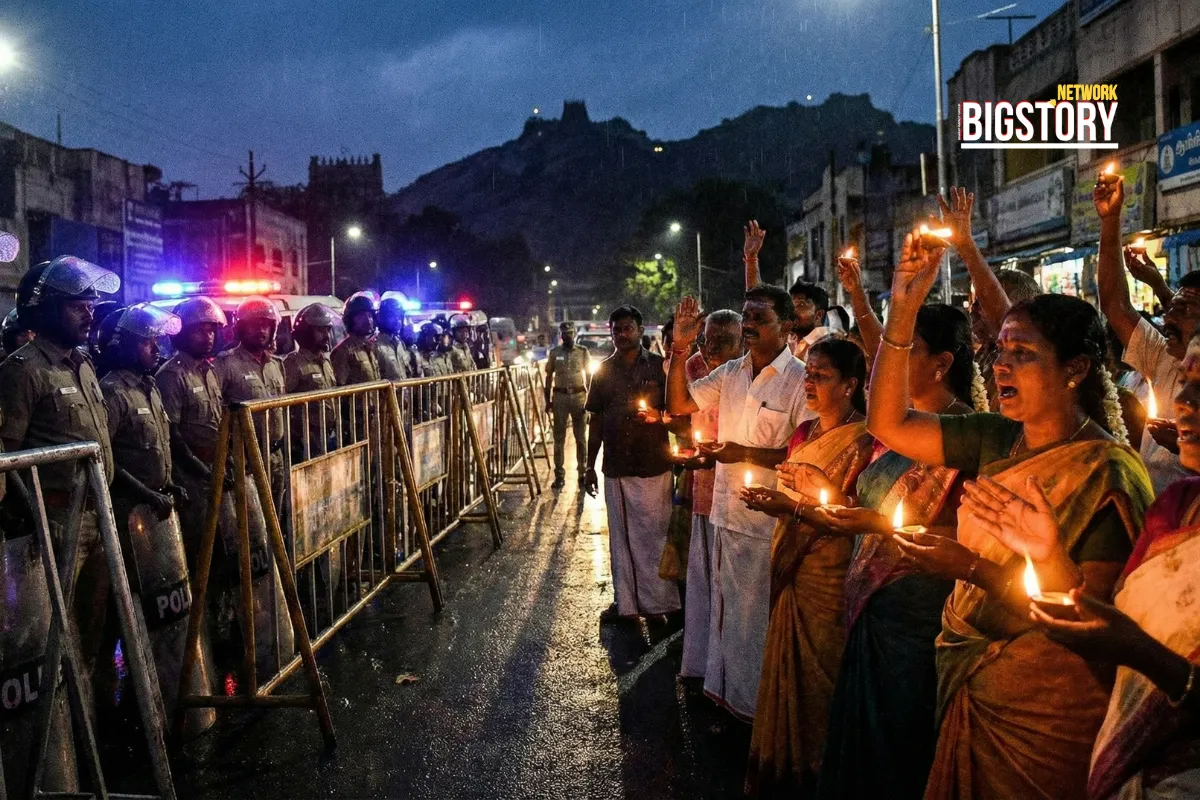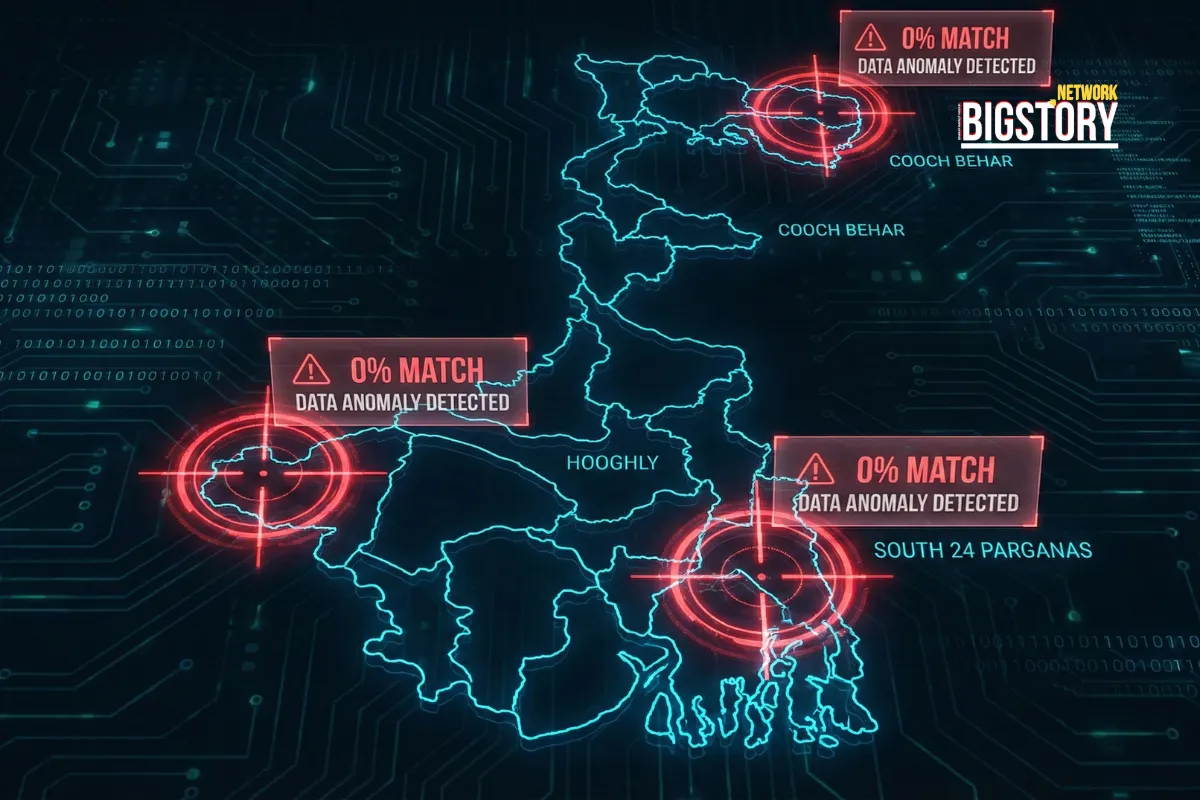Supreme Court allows green crackers in Delhi for Diwali 2025 — a real-world test of harm reduction over blanket bans. Here’s why it matters.
 Brajesh Mishra
Brajesh Mishra
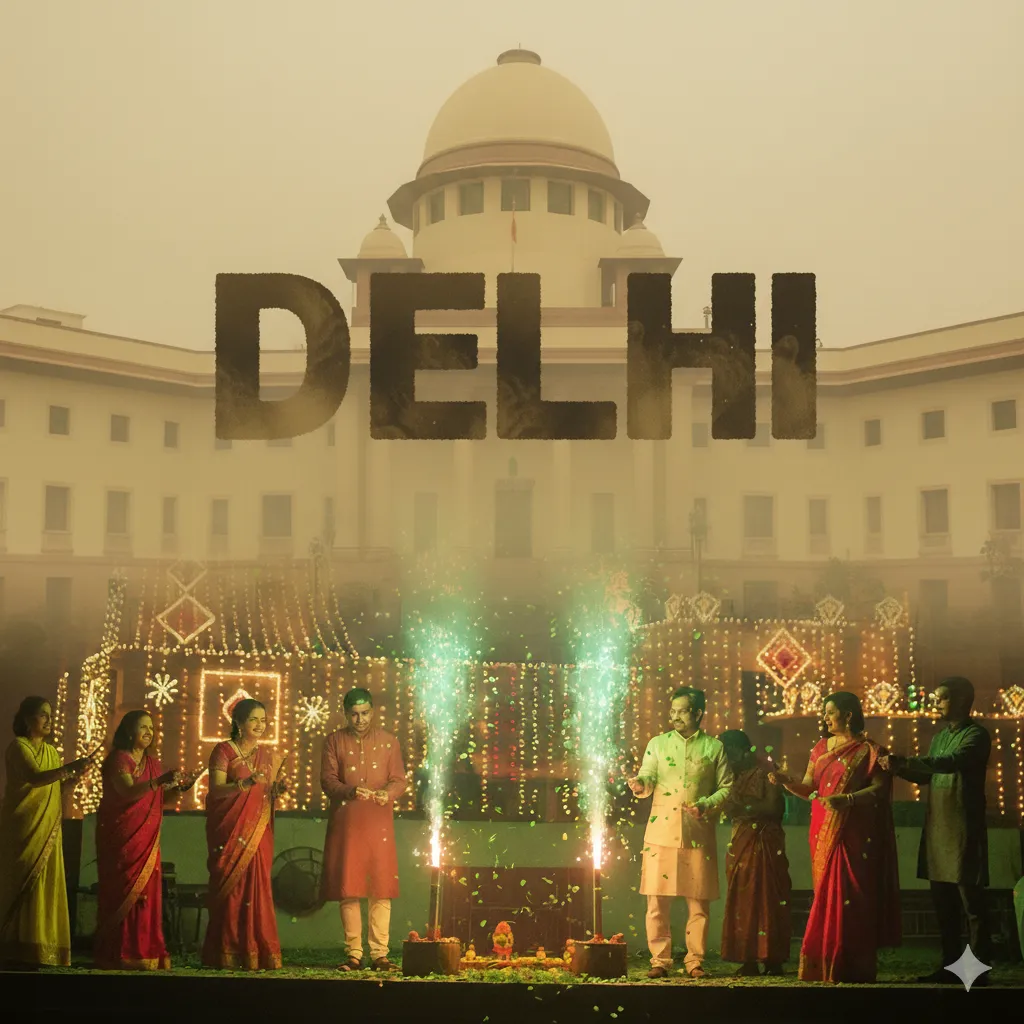
For the first time in nearly five years, the Supreme Court of India has allowed the sale and use of green firecrackers in Delhi-NCR.
The order, issued on October 15, permits sales from October 18 to 20, and bursting between 6–7 AM and 8–10 PM on October 19–20, the day before and on Diwali.
Chief Justice B.R. Gavai and Justice K. Vinod Chandran framed this as a “temporary and regulated measure” to test whether environmental protection and cultural practices can coexist without worsening Delhi’s already toxic air.
The decision followed Delhi CM Rekha Gupta’s petition arguing for a “balanced approach,” after blanket bans failed to curb illegal smuggling.
“A complete ban has not stopped crackers — it has only driven the problem underground,” noted the bench, pointing to years of rampant smuggling of high-emission fireworks into the capital.
Behind the courtroom drama lies a far more complex ecosystem.
In Sivakasi, Tamil Nadu, over 8 lakh people depend on the firecracker industry, which has undergone a rapid shift to manufacturing green crackers over the past four years.
According to R. Balaji of Sri Balaji Fire Works, “Almost all legal production is now green. It’s the illegal makers still pushing the dirty stuff.”
This ruling is, in part, a nod to these livelihoods — but also an acknowledgment that bans without effective enforcement are policy theater.
Even with restrictions in 2024, Delhi’s AQI hit 806 (‘hazardous’) during Diwali because black-market crackers flooded the city.
Green crackers aren’t emission-free — they’re harm-reduced.
Developed by CSIR-NEERI, these formulations cut 30–40% of particulate emissions compared to conventional crackers and eliminate barium nitrate, a known lung irritant.
However, scientists caution against complacency. Environmental researcher Dr. Rajeev Mishra notes, “Green crackers still release ultrafine particles under 0.1 micrometers, which penetrate deep into the lungs.”
Here’s the weak link: the QR code verification system meant to keep illegal crackers out of the market is already breaking down.
Police in Kolkata abandoned the QR checks after widespread reports of fake codes and non-functional apps. NEERI’s RJ Krupadam admitted, “QR codes are easy to manipulate. Unlicensed sellers exploited the system.”
Without a robust verification mechanism, counterfeit “green” crackers can easily dominate the market, undermining the entire policy.
The Supreme Court cited a paradoxical effect: total bans triggered smuggling of dirtier crackers, often with higher emissions.
This mirrors a classic policy dilemma — prohibition can create black markets rather than curb harm. Controlled permissions, paired with digital monitoring and timed windows, may yield better air quality than rigid, unenforceable bans.
This year’s Diwali (October 20) doesn’t coincide with peak stubble-burning season, which contributes 50–75% of PM2.5 spikes. Regulators now have a rare opportunity to measure actual cracker impact without confounding variables.
The firecracker industry has invested heavily in NEERI’s formulations and production upgrades. A permanent ban would devastate this ecosystem, but weak regulation risks undoing environmental gains.
AI isn’t the star of this story yet, but it could be soon. CPCB is conducting real-time air quality monitoring during October 14–21, generating granular emissions data.
Future enforcement could combine:
This is how India could move from moralistic bans to evidence-based, adaptive environmental governance.
Most headlines frame this as “Diwali crackers allowed or banned.” That’s too shallow.
What’s unfolding is a policy experiment — a test of whether harm-reduction works better than prohibition. If it succeeds, it may shape how India regulates other entrenched practices like plastic bans and crop burning too. (Internal links to related BigStory explainer pieces.)
Core tension:
Can India build environmental policy that people actually follow — not just fear?
The Supreme Court’s green cracker order isn’t just about Diwali lights. It’s a stress test for smarter environmental regulation in a country where enforcement, culture, and technology collide.
FAQs
Q. Are green crackers allowed in Delhi in 2025?
Yes. The Supreme Court has allowed green cracker sales between October 18–20 and bursting between 6–7 AM and 8–10 PM on October 19–20.
Q. What are green crackers?
They are CSIR-NEERI certified fireworks with 30–40% lower particulate emissions than conventional crackers, using SWAS, STAR, and SAFAL technologies.
Q. How to check if a cracker is genuine green?
Look for the official NEERI QR code on the box and buy only from licensed sellers. Counterfeit crackers often have blurry or fake QR stickers.
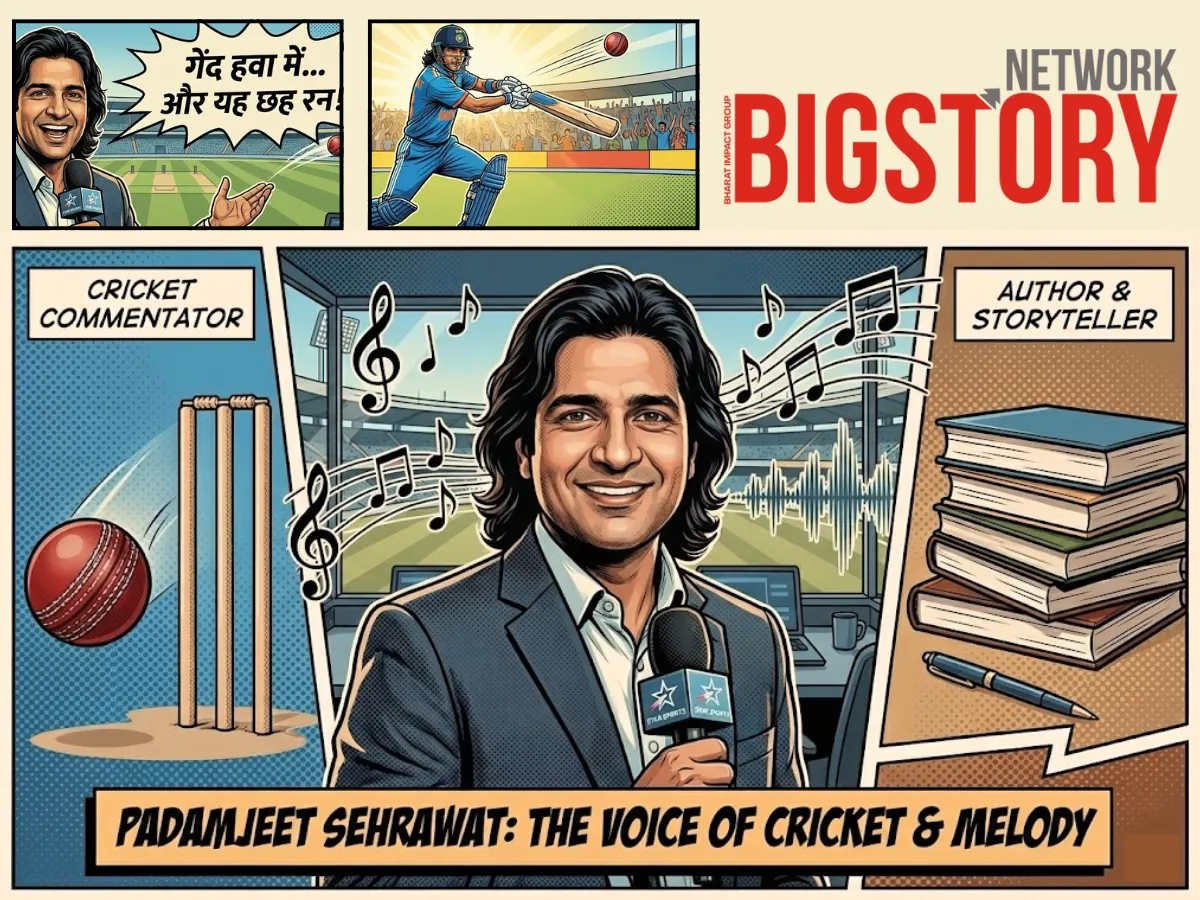
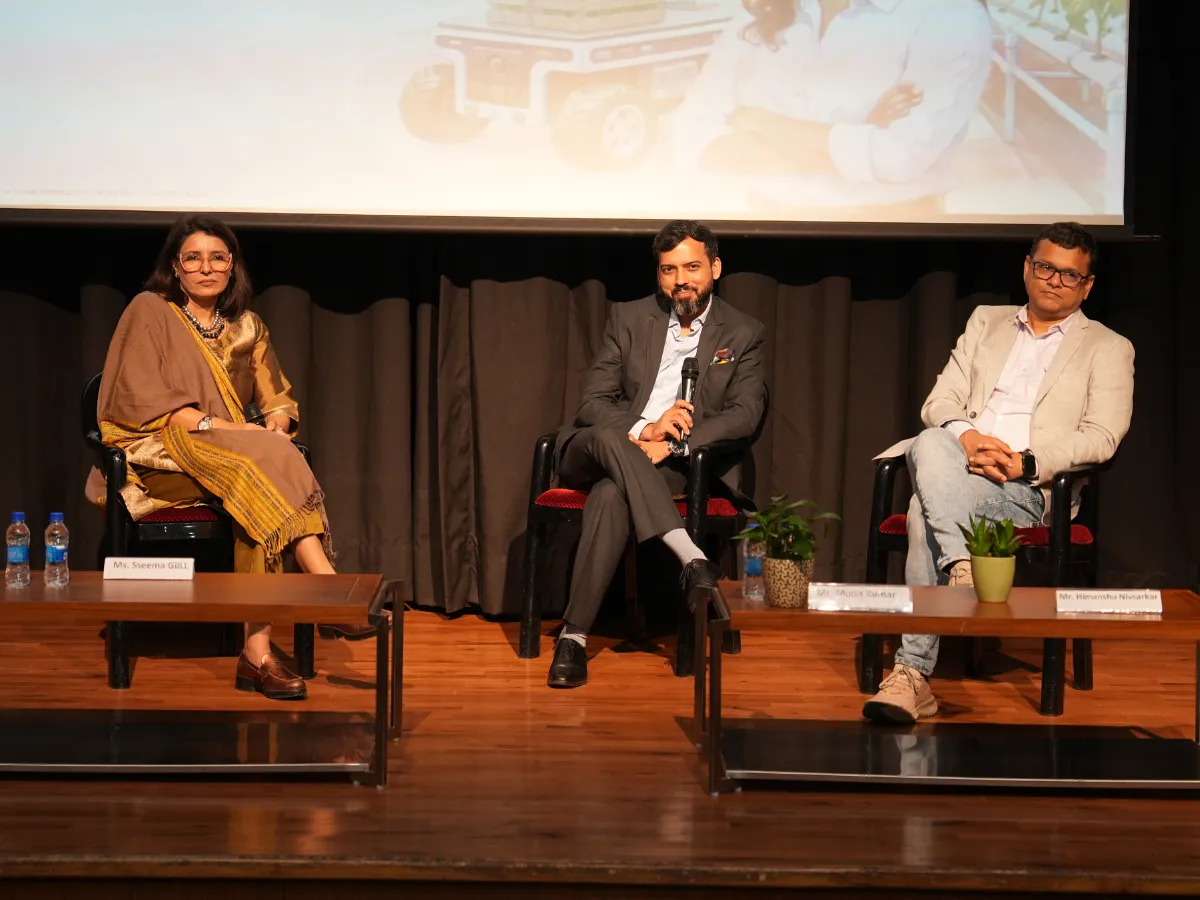
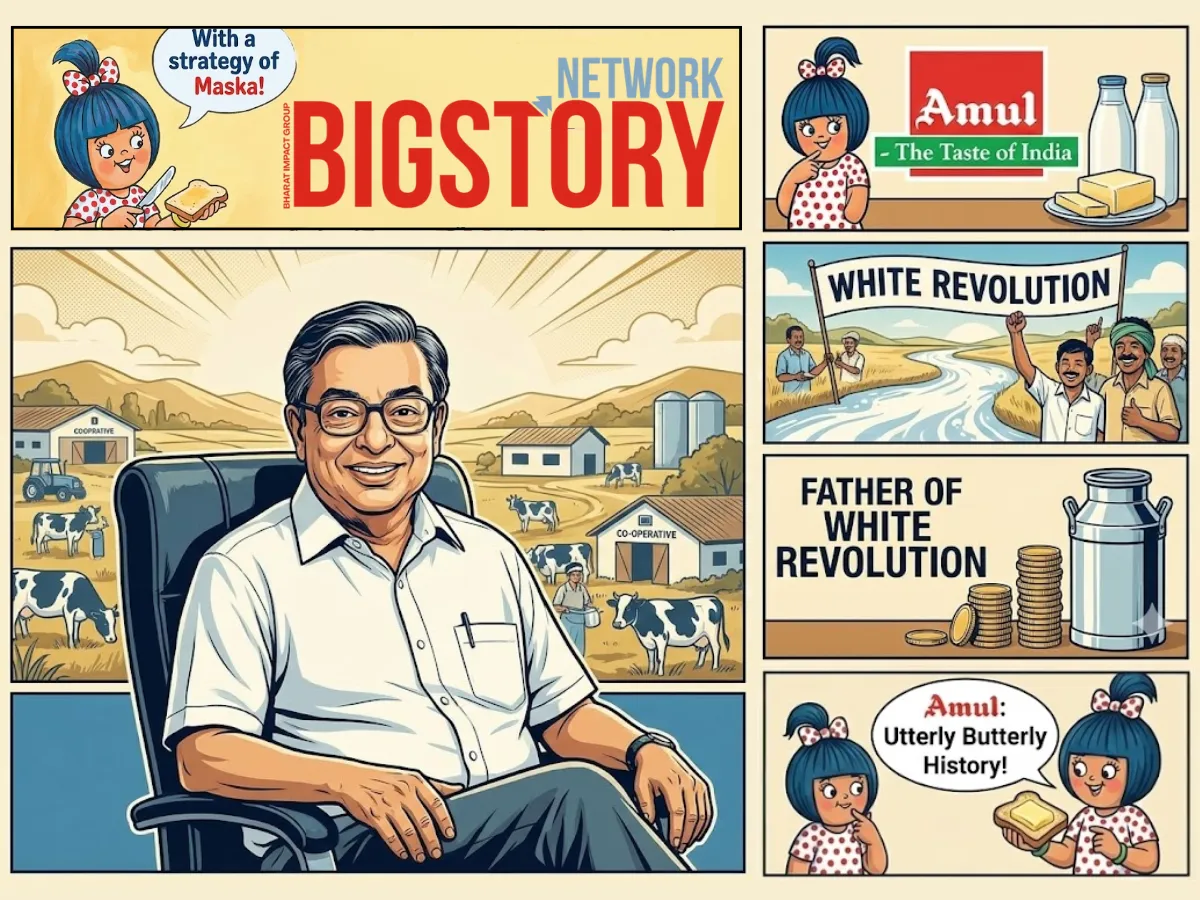
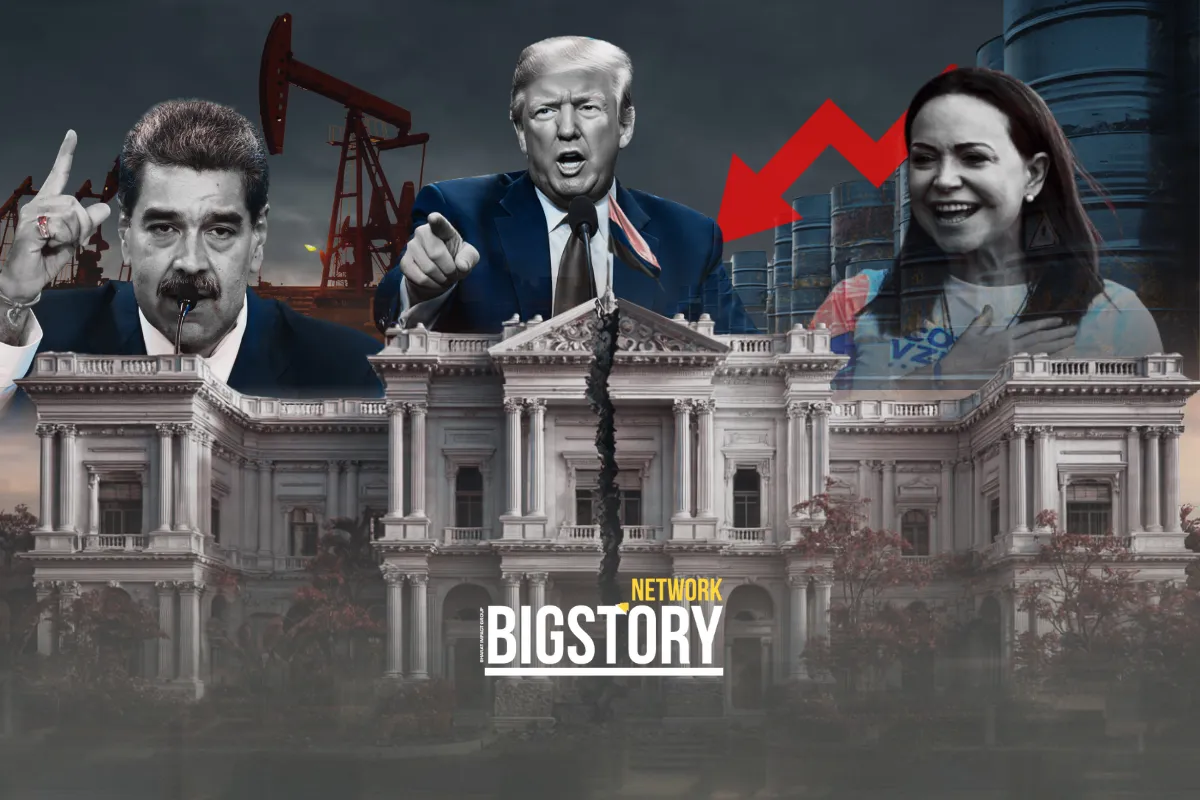
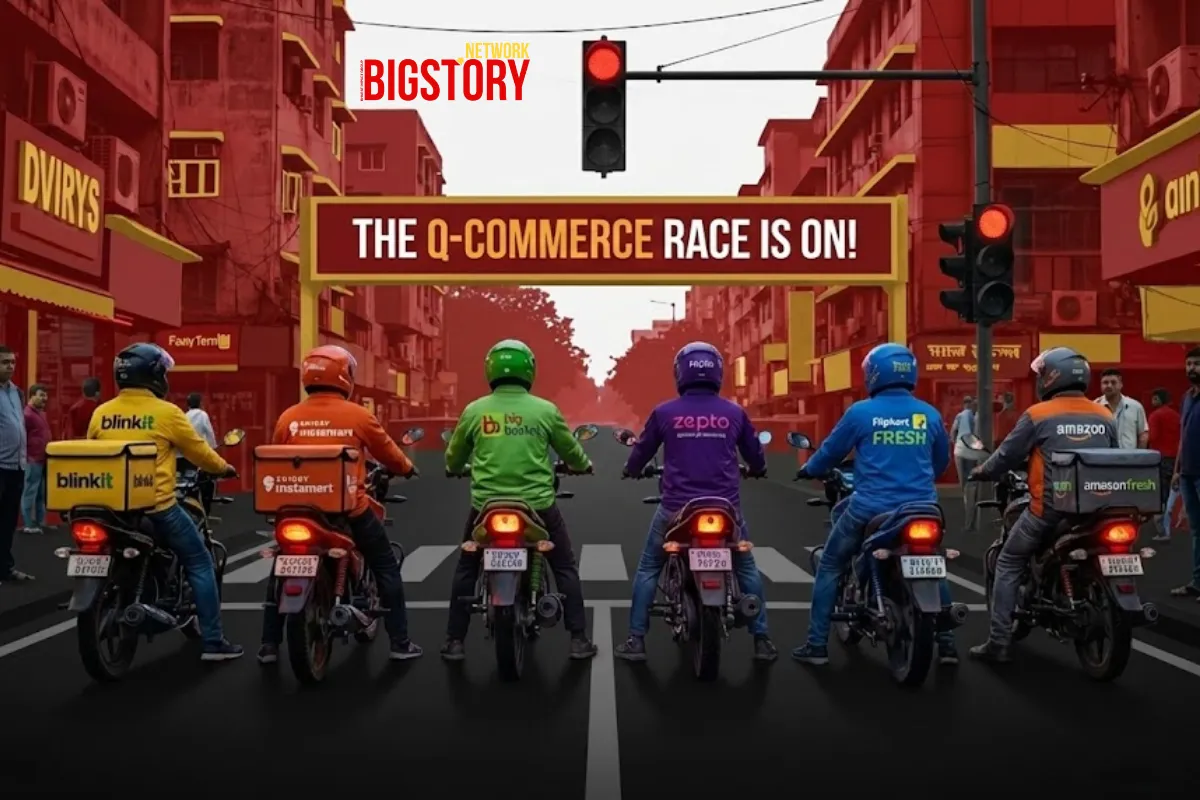

Sign up for the Daily newsletter to get your biggest stories, handpicked for you each day.
 Trending Now! in last 24hrs
Trending Now! in last 24hrs
